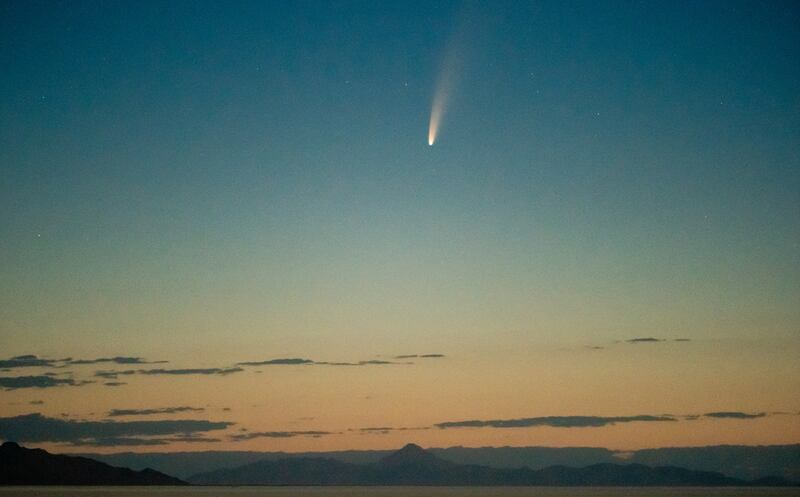The average night sky got has brighter by 9.6 percent since 2011, a study published in Science found, and it’s harder than ever to see stars.
Using data from the Globe at Night project in which citizen-scientists report their night sky brightness observations, the study found the visibility of stars is “deteriorating rapidly.”
“Over much of Earth’s land surface, the night sky no longer fully transitions to starlight and moonlight after sunset,” the study reads.
Instead, the sky glows with an artificial twilight that’s grown because of population growth, settlement expansion and new lighting technology. “The character of the night sky is now different from what it was when life evolved and civilization developed.”
The drop in star visibility means if someone could see 250 visible stars in a location, that number would fall to 100 visible stars in 18 years, according to the study.
Skyglow is expected to affect predator–prey interactions in nature and has been found to make changes in the physiology of fish, the study said. A 2016 study found the Milky Way is no longer visible to a third of humanity, including nearly 80% of North Americans.
Best places to stargaze in the West
If you want to see stars without light pollution, some of the best places in the U.S. are located out West. KOA, a private campground company, named Utah’s Bryce Canyon National Park its No. 2 stargazing spot because of its high elevation, clean, dry air and distance from city lights.
Other sites that made the list were Glacier National Park in Montana, Chaco Culture National Historical Park in New Mexico, Rocky Mountain National Park in Colorado, Death Valley National Park in California, Grand Canyon National Park in Arizona, and Arches National Park in Utah.
The best time to stargaze is during a new moon and the days immediately before or after, because the sky is darker.


